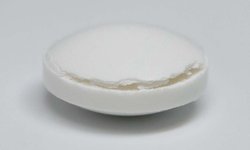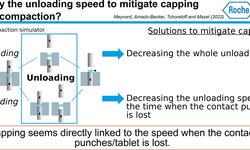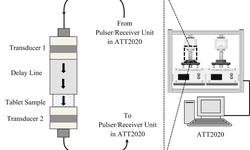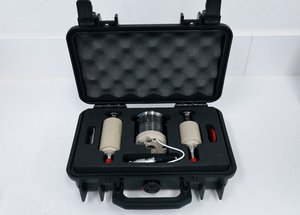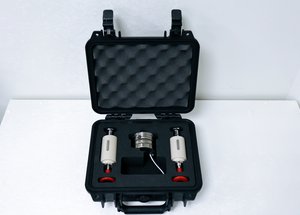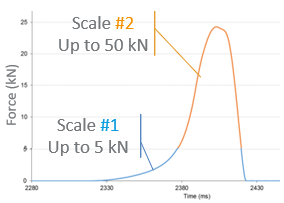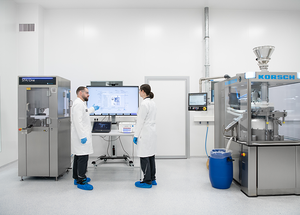Scientific papers
Capping and lamination, traditional challenges in industrial processes, can pose difficulties when scaling up solid dosage forms. Previous research has demonstrated that altering the unloading conditions, such as triaxial decompression or loaded ejection, can help mitigate capping issues. This study systematically explores the impact of different unloading conditions on capping and lamination using a compaction simulator. Two model formulations, one for capping and another for lamination, were investigated.
Symmetrical decompression, as seen in rotary presses, resulted in capping on both sides of the tablet and lamination. However, asymmetrical unloading, where the lower punch remained fixed during unloading, effectively eliminated lamination and restricted capping to the upper face of the tablet. This unloading condition mimics the process on an eccentric press with a stationary lower punch. Additionally, loaded ejection, applying slight pressure on both sides until the end of ejection, successfully eliminated both capping and lamination. By adjusting the unloading conditions, defect-free tablets can be achieved, even for formulations prone to high capping or lamination. Furthermore, experiments conducted on an eccentric press yielded results comparable to those obtained with asymmetrical unloading on a compaction simulator. Anticipating tablet defects during development on eccentric presses may therefore be challenging, especially in cases involving lamination.
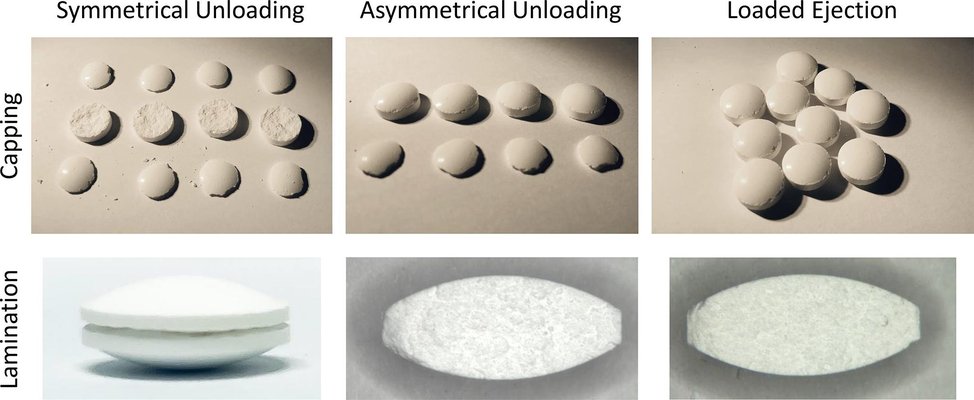
Comments
No comments posted yet.
Add a comment

